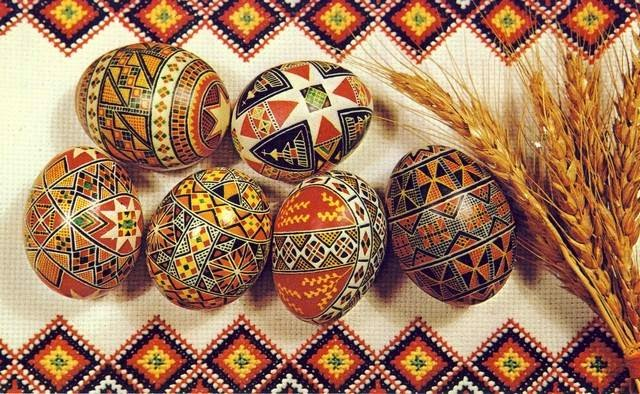Painted ostrich egg 7th century BC found on Cyprus. Credit: De Agostini Picture Library
For many thousands of years humans expressed grief for the deaths of their loved ones and for their leaders. They also expressed hope that death is not the end in the way they buried those people. For at least 100,000 years some were buried in red ochre, a symbolic blood covering. This practice indicates ritual burial and a yearning for life after death.
Many of these burials also included artifacts that indicate belief in an existence beyond the grave. This was especially true for rulers such as King Tut. Among the grave goods found in his tomb were board games, musical instruments, daggers, tunics, sandals, and food provisions, all intended to support the pharaoh in the afterlife.
In the Nile Valley decorated eggs have been found in the graves of children. Painted ostrich eggs were place in tombs at Hierakonpolis (Nekhen), the oldest known site of Horite Hebrew worship. They also have been found in many graves of children in ancient Nubia. At Naqada, a decorated ostrich egg replaced the owner's missing head. This egg is now in the Ashmolean Museum in Oxford.
The custom of decorating eggs for Pascha or Easter has deep roots in the Messianic Faith that we call "Christianity." Decorated eggs were placed in graves as an expression of hope for life after death.
For Christians, the Easter egg is a reminder that Jesus rose from the grave, and that those who believe in Him will share in His eternal life as citizens of His eternal kingdom.
Related reading: Early Resurrection Texts; Abraham's Faith Lives in Christianity; The Substance of Abraham's Faith; "Easter" Eggs in Antiquity; Funerary Rites and the Hope of Resurrection; Righteous Rulers and the Resurrection; Christ's Third Day Resurrection




No comments:
Post a Comment
Your comments are welcome. Please stay on topic and provide examples to support your point.